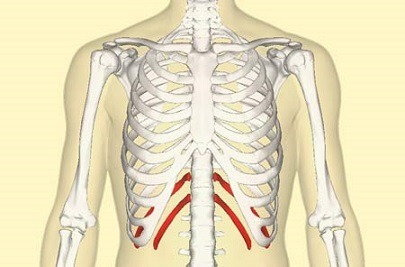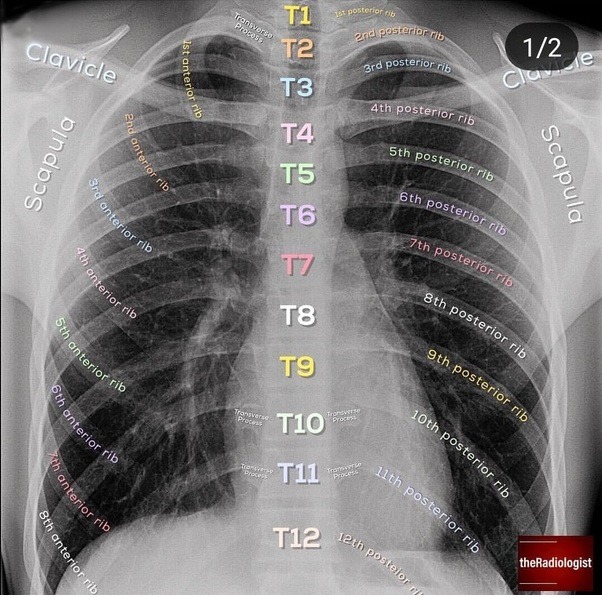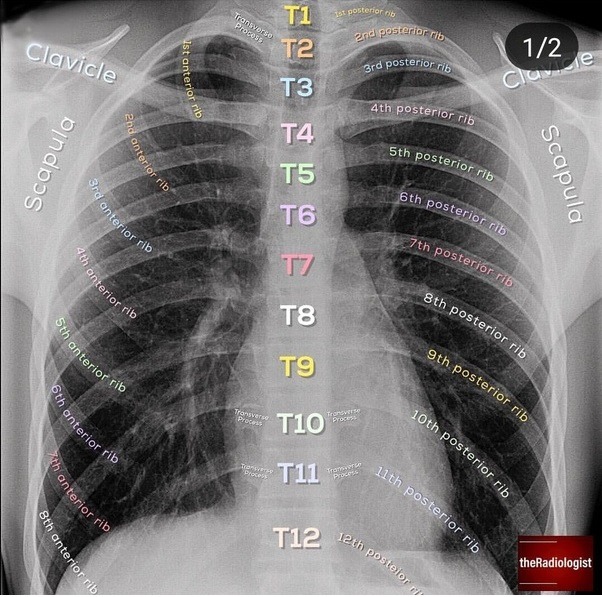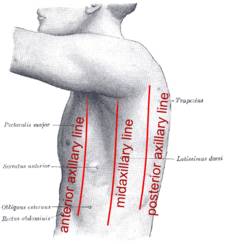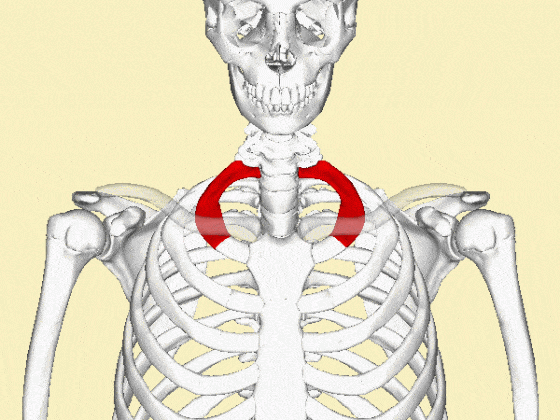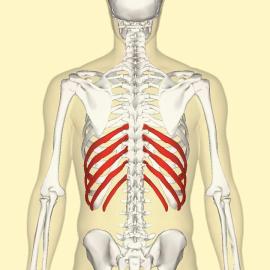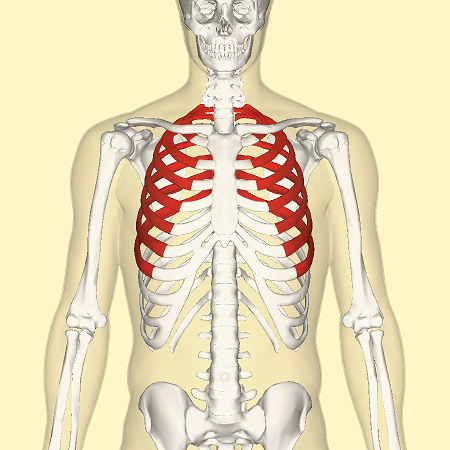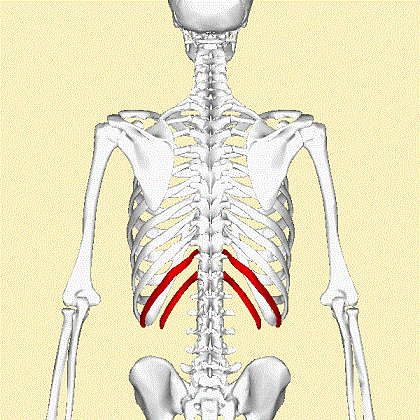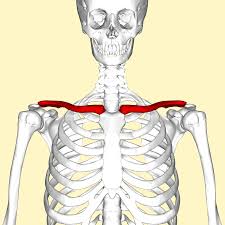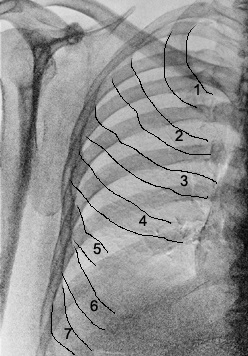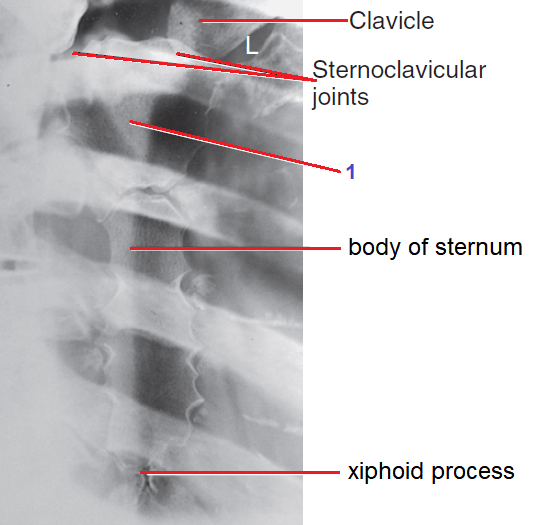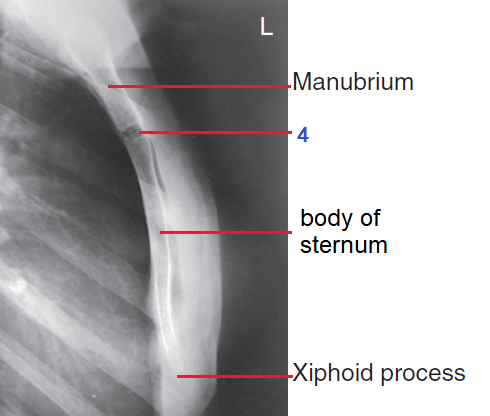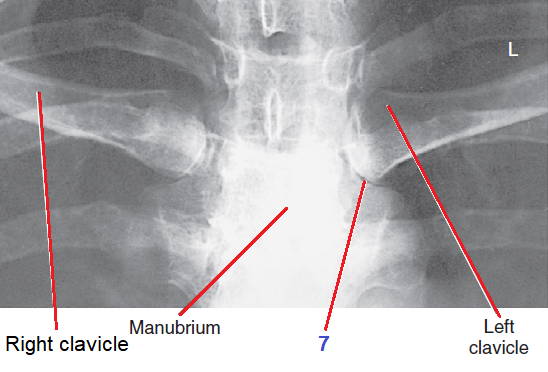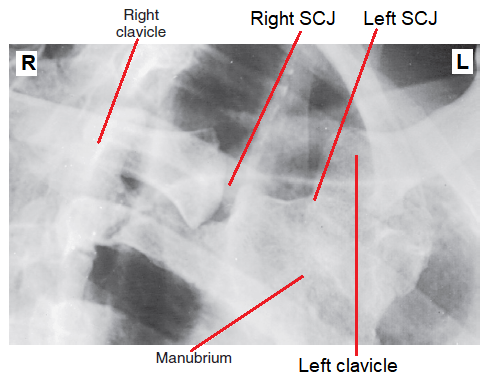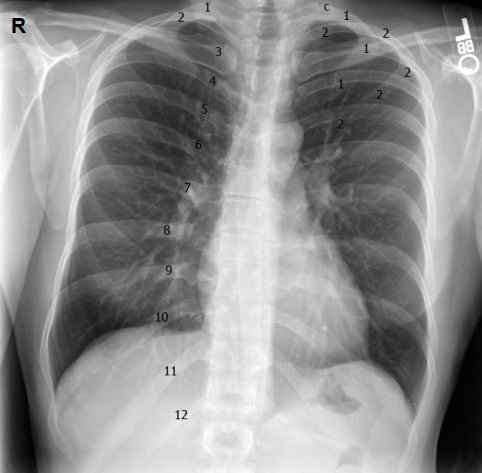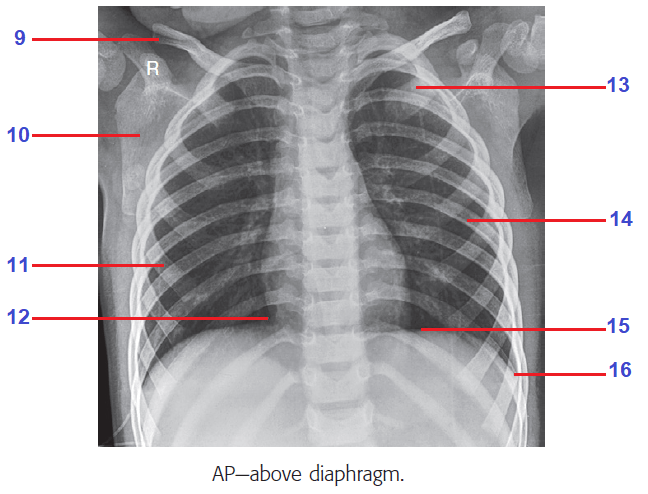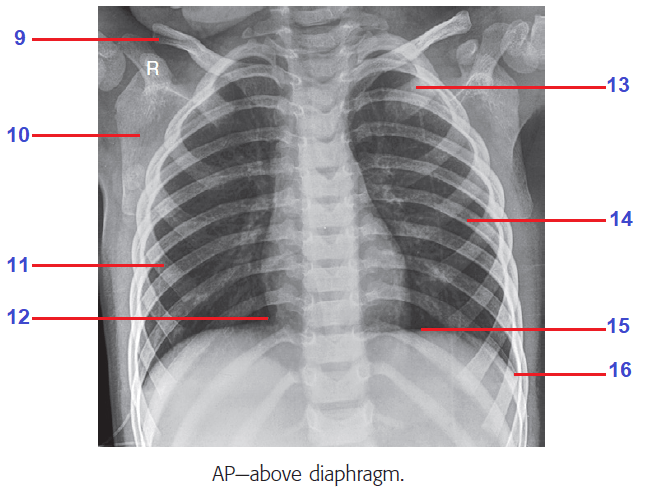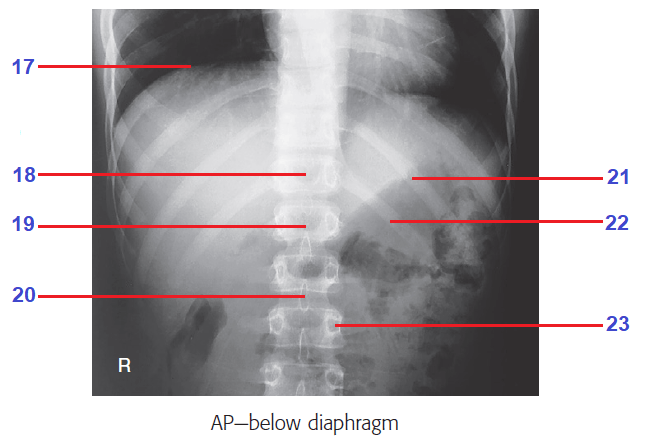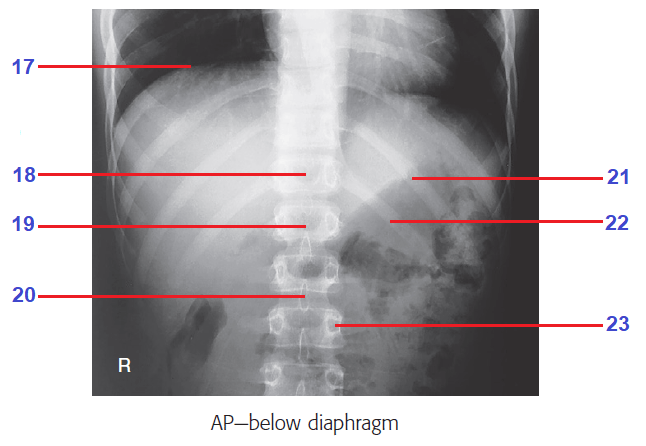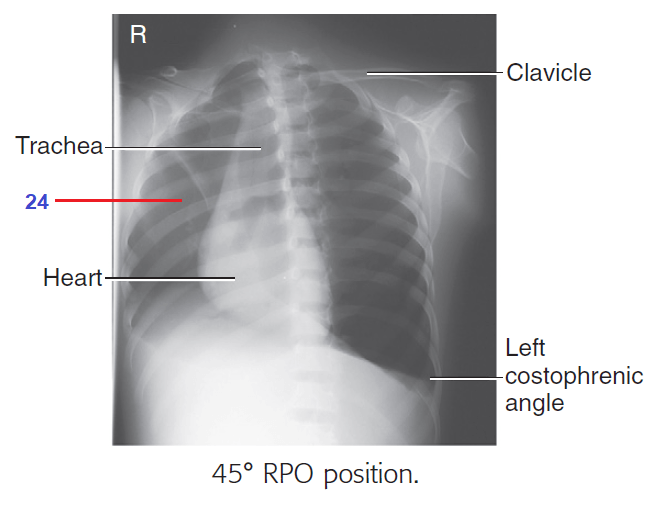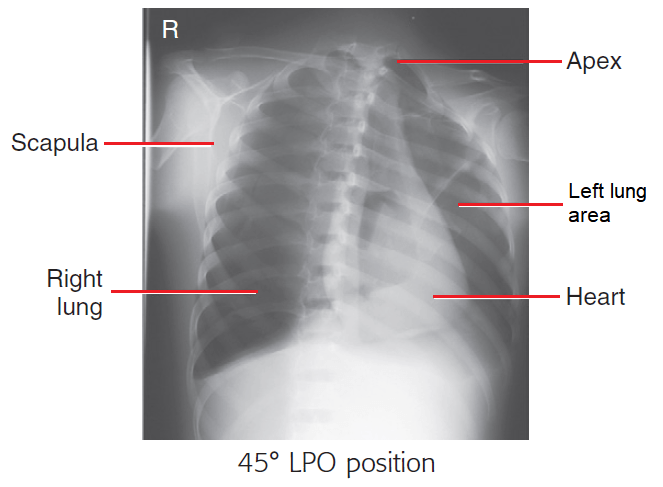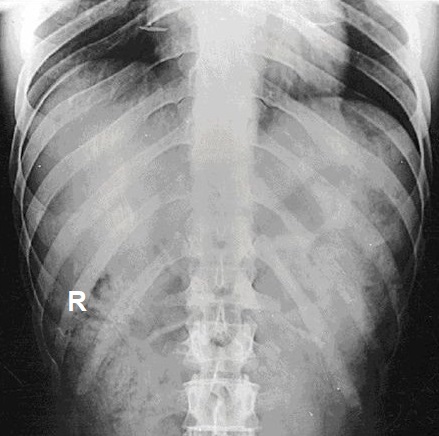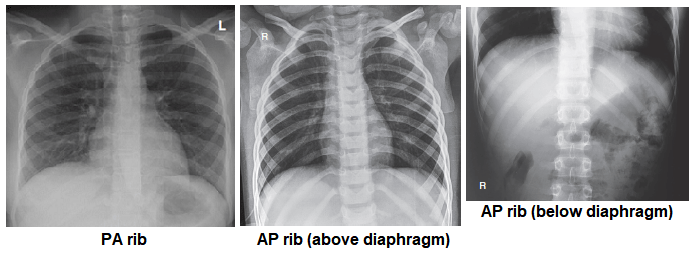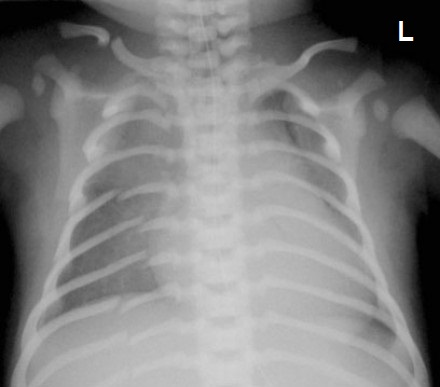
Bony Thorax Radiography Anatomy & Image
Assessment
•
Mohd Izuan
•
Other
•
University
•
106 plays
•
Easy
Improve your activity
Higher order questions
Match
•
Reorder
•
Categorization
.svg)
actions
Add similar questions
Add answer explanations
Translate quiz
Tag questions with standards
More options
30 questions
Show answers
1.
Multiple Choice
The bony thorax consists of the ___________ anteriorly, the thoracic vertebra posteriorly and 12 pairs of ribs.
scapula
clavicle
sternum
pelvis
2.
Multiple Choice
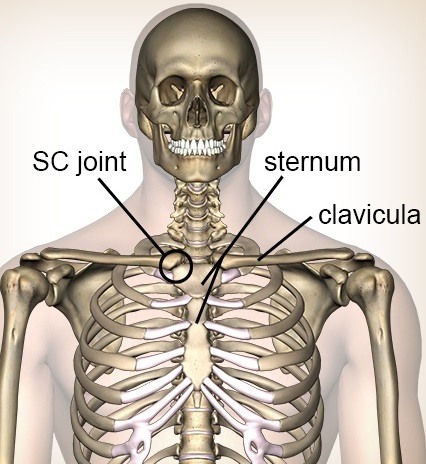
The articulation between sternum and clavicle is known as ________ joint.
sternoclavicular
acromioclavicular
glenohumeral
patellofemoral
3.
Multiple Choice
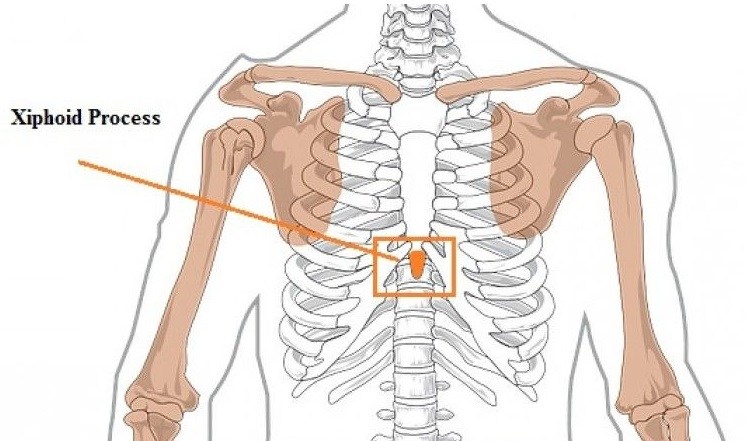
The most inferior portion of the sternum is called xiphoid process and in adult, its located approximately at the level of _________ vertebra.
T7
T9 - T10
T11 - T12
T4
4.
Multiple Choice
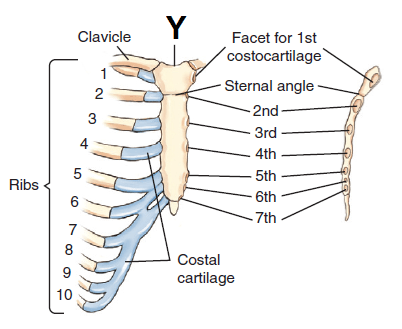
The uppermost border of the manubrium (Y) is easy to palpate and is called as the following EXCEPT?
jugular notch
suprasternal notch
manubrial notch
costal margin
5.
Multiple Choice
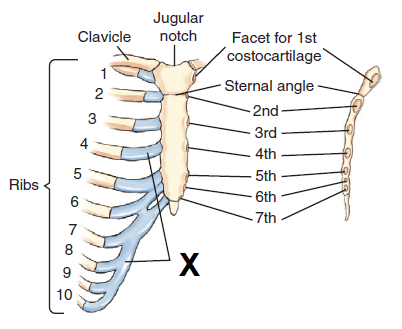
The anterior ribs (1st to 7th) articulate with sternum with a non-bony structure (X) called ________________. This structure cannot be seen on the x-ray image.
costocartilage
floating ribs
sternoclavicular joint
acromioclavicular joint
6.
Multiple Choice
Each rib is numbered according to the thoracic vertebra to which it attaches; therefore, the ribs are numbered from the top down. The first seven pairs of ribs are known as ________ ribs and directly articulate with sternum anteriorly.
true
false
floating

Explore this activity with a free account
Find a similar activity
Create activity tailored to your needs using
.svg)

Phonics
•
KG - 1st Grade

Athletics
•
5th Grade

Parts of the Body
•
1st Grade

Parts of the Body
•
2nd Grade

Idiom
•
7th - 8th Grade

The Robot
•
2nd Grade

My Body Parts
•
KG - 1st Grade

Language Day
•
1st - 3rd Grade

